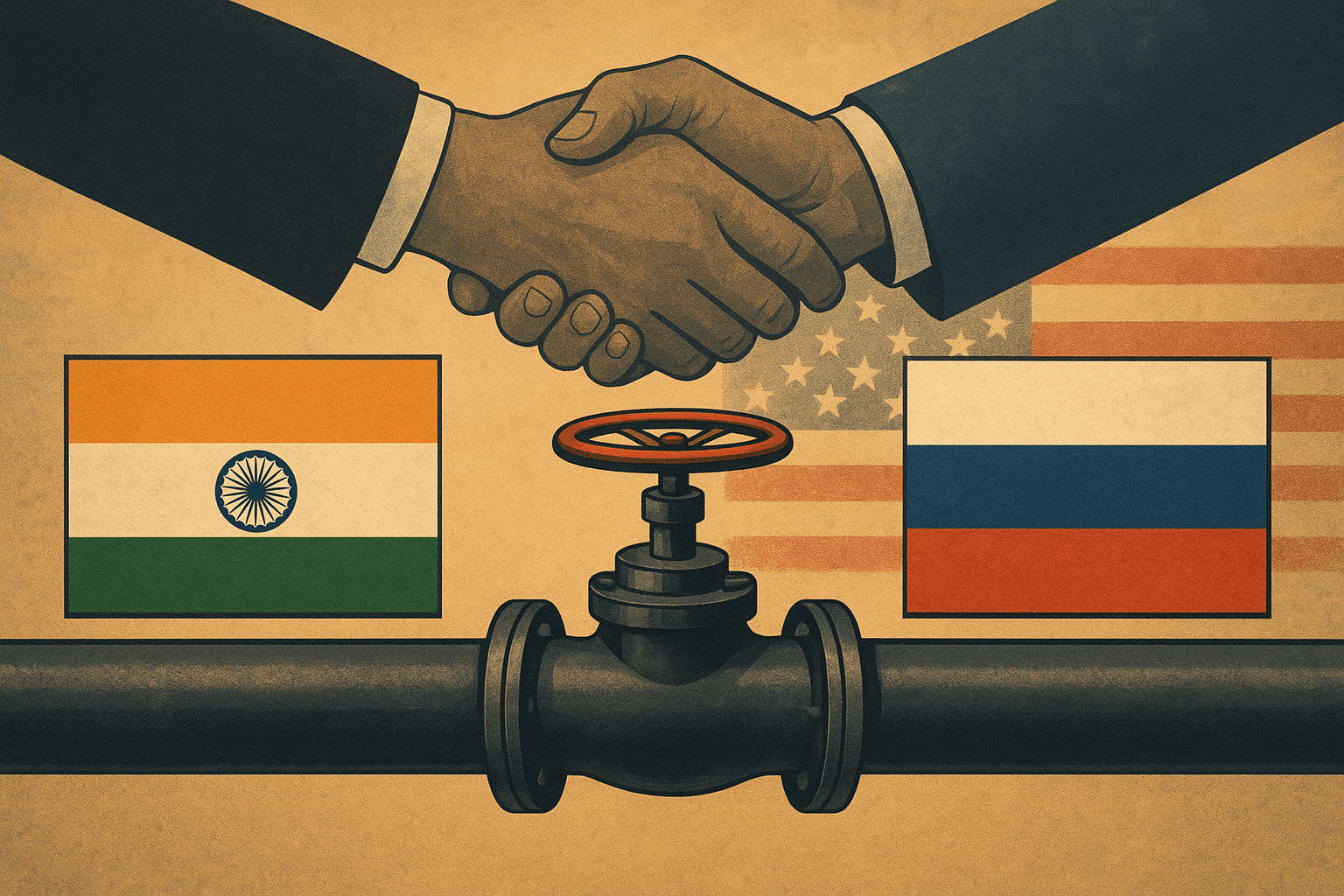A Defiant Stand on the Global Stage
On September 1, 2025, Prime Minister Narendra Modi has made headlines by reaffirming India’s robust energy partnership with Russia, brushing aside mounting US displeasure. Speaking on the sidelines of the Shanghai Cooperation Organisation (SCO) Summit in Tianjin, China, Modi hailed the collaboration as a cornerstone of stability, undeterred by Washington’s recent tariff threats and accusations of fueling Russia’s war efforts in Ukraine. This bold stance underscores India’s strategic autonomy, igniting debates about shifting global alliances and the future of Indo-Pacific energy dynamics.
The Heart of the India-Russia Bond
Modi’s remarks highlight a deepening energy alliance, with India importing over 30% of its crude oil from Russia in 2025, a sharp rise from near-zero levels pre-2022. This partnership, bolstered by discounted Russian oil, ensures energy security for India’s 1.4 billion people while stabilizing global prices. During his meeting with Russian President Vladimir Putin, Modi emphasized mutual support “even in the toughest times,” signaling a commitment to expand ties in trade, fertilizers, and space. The leaders’ informal talks, including a ride in Putin’s armored limousine, underscored their personal rapport.

US Pushback Fuels the Fire
The US, under President Donald Trump, has reacted sharply, imposing a 50% tariff on Indian goods since August 2025 to pressure India into cutting Russian oil imports. Trump’s administration argues this indirectly funds Moscow’s Ukraine conflict, a claim India counters by highlighting its role in moderating global oil prices. The tension escalated with Trump’s public jabs at Modi, straining their once-warm ties. Yet, India remains firm, with officials vowing to protect national interests, potentially deepening rifts with Washington.
Implications for the Indo-Pacific
This energy alliance could reshape regional power plays. India’s reliance on Russia, alongside its outreach to China, suggests a multi-aligned strategy to counter US dominance. Economically, it saves India billions—estimated at $17 billion since 2022—though it risks retaliatory trade barriers. Security-wise, Russia’s role as a key arms supplier (36% of India’s imports in 2020-2025) strengthens this bond, offering a buffer against Western pressure.
Table: Key Aspects of India-Russia Energy Ties
| Aspect | Detail |
|---|---|
| Oil Imports | 1.75 million barrels/day |
| Trade Value | $65 billion (2025 estimate) |
| Strategic Focus | Energy, Defense, Fertilizers |
What Lies Ahead
Modi’s defiance sets the stage for a complex diplomatic dance. With Putin’s planned December visit to India, expect further energy and defense pacts. However, balancing this with US relations will test India’s diplomacy. The SCO Summit’s outcomes could signal broader support from China and others, potentially forming a counterweight to Western sanctions. Markets and geopolitics alike will watch closely as this saga unfolds.
FAQs
- Why is Modi backing Russia? It ensures affordable energy and strategic autonomy.
- How has the US responded? With 50% tariffs on Indian goods since August 2025.
- What’s at stake for India? Energy security versus trade tensions with the US.
- Will this affect India-China ties? It could align them more closely against US pressure.
- What’s next for this alliance? Expanded deals during Putin’s India visit in December.
Subscribe for Global Updates
Stay informed with daily insights on India-Russia ties and global shifts. Subscribe now!

